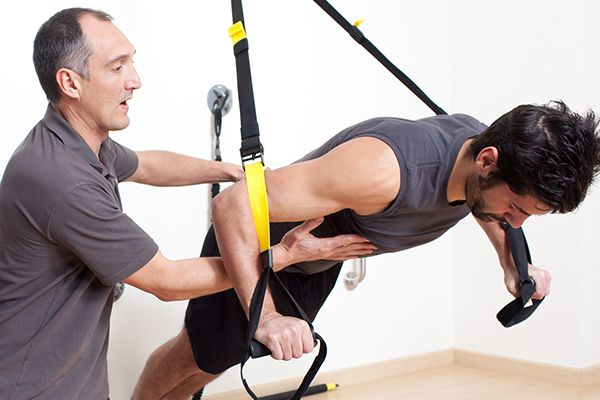Physical therapy is a powerful tool for recovering from illness, injury, and chronic pain. For some patients, however, physical therapy can do something even better — prevent these problems before they begin. Preventative physical therapy is not always well-known, but it is an important tool in keeping your body healthy and in preparing you to safely pursue the physical activities you love.
What is preventive physical therapy?
Preventative physical therapy is PT offered to patients as a way of preventing injuries and pain. This type of PT works by strengthening the body, improving mobility, and identifying potential problem areas before they become major issues.
Many patients attend physical therapy regularly, sometimes as often as once a week, in order to enjoy improved posture and mobility and in order to prevent injuries from their more rigorous physical activities (e.g. Running or hiking). Some celebrities, such as Jennifer Aniston, use PT as part of a wellness routine designed to keep them healthy.
When is preventative physical therapy useful?
Preventative physical therapy is particularly effective for patients looking to manage their health in rigorous, new, or unknown physical situations. Here is a look at five times you may benefit from seeing a physical therapist before you experience illness or injury.

Prehab for Rigorous Workouts
Patients who plan to begin rigorous workout routines, such as CrossFit, HIIT, boot camp, or even just workouts at the gym may want to participate in physical therapy as a way of preparing their bodies to handle the demands of these activities. In particular, soft tissue massage and exercise programs that focus on strength, mobility, or alignment, can help the body resist injury during strenuous workouts. Preventative physical therapy is particularly useful for individuals who practice an otherwise sedentary lifestyle (e.g. Holding an office job) and wish to avoid injury during periodic and intense physical activity during exercise classes.Identification of Potential Problems
It can be easy to overlook minor aches and pains, particularly for busy people who have little time to slow down and focus on their bodies. However, even a minor twinge could lead to injury during a hike or workout. When patients take the time to check in occasionally with a physical therapist, they have the opportunity to identify whether those minor aches, pains, and twinges are actually major injuries waiting to happen. For example, a physical therapist may identify an area of tightness, range of motion issues, postural imbalance, or even a weakened muscle during a preventative visit. They can help you to work on that issue now, before it becomes an injury at the gym or on the walking trail later on. The result is that you can continue your daily life and activities without experiencing pain, paying for doctors’ visits, and ending up on a rigorous PT treatment plan in order to overcome a more serious injury.



